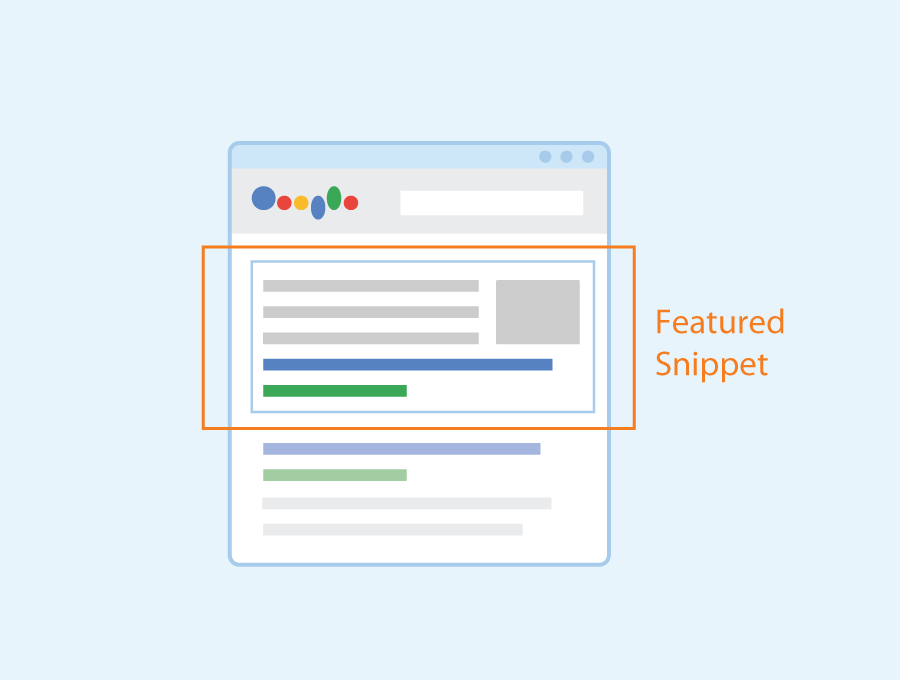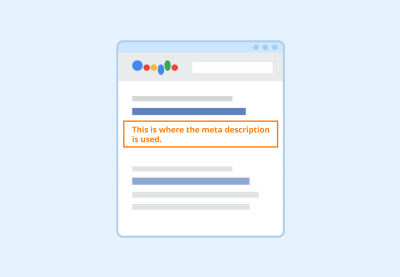
How to optimise existing content for featured snippets
Whether you are running a business or providing a service for people on the internet, you want to rank on the first page in the SERPs (search engine results pages) on Google. However, it is becoming harder to build SEO or referral traffic from Google because of high competition and other factors. Making the digital leap is not enough anymore. You need to develop some strategic tactics to make it possible. So below we break down on how to optimise your website in terms of featured snippets.
What is a featured snippet?
We can describe featured snippets as specific search results on the top of Google’s organic results below the paid ads. It has a “position zero” which shows the answers to your questions on the first page. One of the reason the featured snippet exists is to answer or show what people are looking for. Of course, it’s valuable for both those who are looking for answers and those who are providing the answer.
Including relevant headers (H2, H3)
Having content with clear formatting does have an advantage, this is because it can potentially show as a featured snippet in search. So, if you have valuable content that does not have any logical and relevant H2s, H3s, or other header tags, then adding these should help your content perform better for featured snippets and for users.
Adding & optimising images
Now it is not rare for featured snippets to include a single image or a collection of carousel images alongside the main text. So, when images are shown as part of a featured snippet, they usually are taken from the same URL as the text or, as is often the case with carousels, will include images from other relevant search results.
For example, if you search for a film on Google, you may see that there are different images showing above the paragraph snippet, and only one of the images is from the same URL as the feature snippet paragraph. This means that web pages with images have more opportunities to attract clicks and show more prominently in featured snippets.
In order to optimise for this, you should review existing blogs and written content to identify opportunities to:
- Adding relevant images to your content, to potentially rank for featured snippets.
- Updating existing images that include “alt text” relevant to the featured snippet topic.
- Adding image structured data to your article, making it easier for crawlers to identify the important images within the page.
- Updating the image file name to include relevant terms.
Adding infographics & charts
Content that are about travel, fashion, food, and the arts will have no shortage of images to include. However, for some professional services such as consulting, recruitment or even law can be challenging to find relevant images. We recommend reviewing content to find opportunities to add the following visualisations:
- Charts for statistics
- Diagrams for processes
- Infographics for explainer posts
Using this tactic for lower competition queries has its benefits, this is because it’s more likely that both the content and images will appear as part of a featured snippet paragraph and image carousel.
Re-format content to include numbered or ordered lists
Using lists is one of the most seen types of featured snippets. Content that includes ordered lists (<ol>) with numbers or unordered lists with bullet points (<ul>) will perform better for this featured snippet type. So, to optimise existing content for featured snippet lists, read through your content to see where you have lists that can be reformatted from paragraphs to bullets or numbers.
For example, if you have content that is originally written out as a list in paragraph form, like this:
The basic ingredients for baking a cake are as follows: flour, eggs, butter, sugar, salt, milk (or a form of liquid), and baking soda).
You will better optimise your page for featured snippets by listing the same information as a bulleted list, like this:
The basic ingredients for baking a cake are as follows:
- Flour
- Eggs
- Butter
- Sugar
- Salt,
- Milk (or a form of liquid)
- Baking soda
As this is an on-page optimisation that updates the format rather than the content, you can carry this out quickly with minimal delays from any client content approval process.
Re-format content to include tables
Using tables is another most seen featured snippet type, studies suggest that roughly 29% of all featured snippets are tables. These snippets are extracted from HTML tables and displayed in the SERP to satisfy the query, sometimes by focusing the visible table on the most relevant sections or tabs. For existing content, look for blogs and pages which include loads of data like prices, statistics, dates, or entity comparisons.
For example, you are creating content around a band group, you could write a paragraph explaining how many solo albums each member released after the group disbanded and/or you could create a table that shows the information in an easy-to-read format that is optimised for featured snippets. In addition to being great for featured snippets, content written this way is also genuinely helpful to users and can make the information more accessible.
Adding a supporting schema markup
Statistic says that 66% of URLs with featured snippets does include some sort of schema markup. Please note that you do not need to add schema markup to a post in order to be eligible for a featured snippet. Although in some cases, Google sometimes replaces features snippets with schema-dependent rich results.
For example, when it comes to featured snippets for recipes, it was common when featured snippets was rolled out initially and are now almost exclusively shown on the SERP as rich results. This means content that is optimised for featured snippets and rich results, is more resilient to these changes. Therefore, taking a layered approach to your featured snippet strategy can pay dividends.
Which schema markup works best with featured snippets content optimisation?
Schema markup that provides additional information for multimedia and supports transparent E-A-T can help content your featured snippet content to maintain traffic as the SERP changes. It can also help new content gain the kind of authority that Google expects to see from pages it might highlight as a featured snippet. Below are some of the relevant schema that include:
- Author property
- Review type
- Image property
- VideoObject type
- FAQPage type
Do you need help with optimising your existing content for featured snippets? We at Digital Carrera are happy to help with your Digital Marketing needs, book your free consultation now.
 Pinterest
Pinterest Twitter
Twitter Facebook
Facebook

